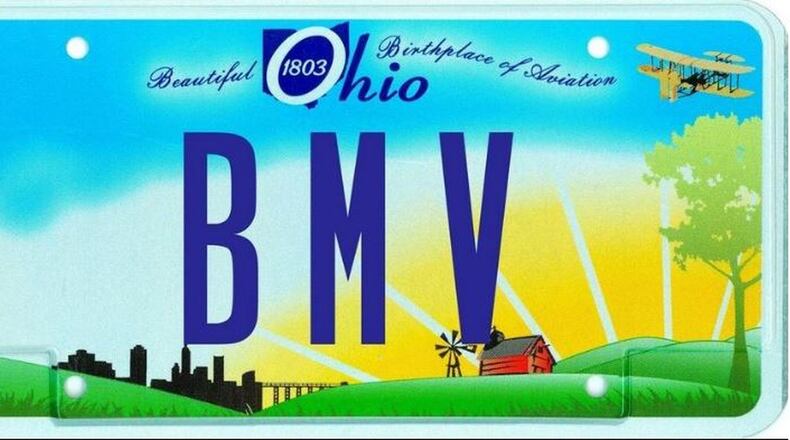Related: Would you vote to increase your license plate fees?
The bill prescribes how Ohio will spend $7.82 billion on transportation over the next two years. The revenue comes from fees, federal highway money and the state gas tax, which has stood at 28 cents per gallon since July 2005.
As fuel efficiency improves, money available for road projects drops. Senate President Larry Obhof, R-Medina, said lawmakers will examine alternatives to boost funding.
5 things to know about Ohio's state pension systems: Are they safe? https://t.co/Ja3CP1tUDc pic.twitter.com/iB9nE2hKL2
— Ohio_Politics (@Ohio_Politics) March 29, 2017
The legislation gives the Ohio Department of Transportation director the authority to change the speed limit on certain interstate highways, based on the time of day, traffic and weather conditions. For example, if lake effect snow were causing a white-out along I-90 from I-271 to the Pennsylvania state line, ODOT could lower the speed limit until conditions improved.
The variable speed limit program will be tried on I-90 as well as I-670 in Columbus and I-271 in Cincinnati. Rolling it out statewide would require legislative approval.
Here are some other items that the bill does:
* Earmarks $33 million for public transit, an increase of $10 million.
* Allows the use of ATVs and snow mobiles on state routes on South Bass Island between November and April.
* Cracks down on third-party websites that look like BMV sites and attempt to dupe people into paying extra fees.
* Authorizes the registrar of the BMV to set transaction fees as high as $5.25, up from the current $3.50.
OTHER POLITICAL NEWS
Smoking in a car with a kid could land you a fine in Ohio
About the Author

